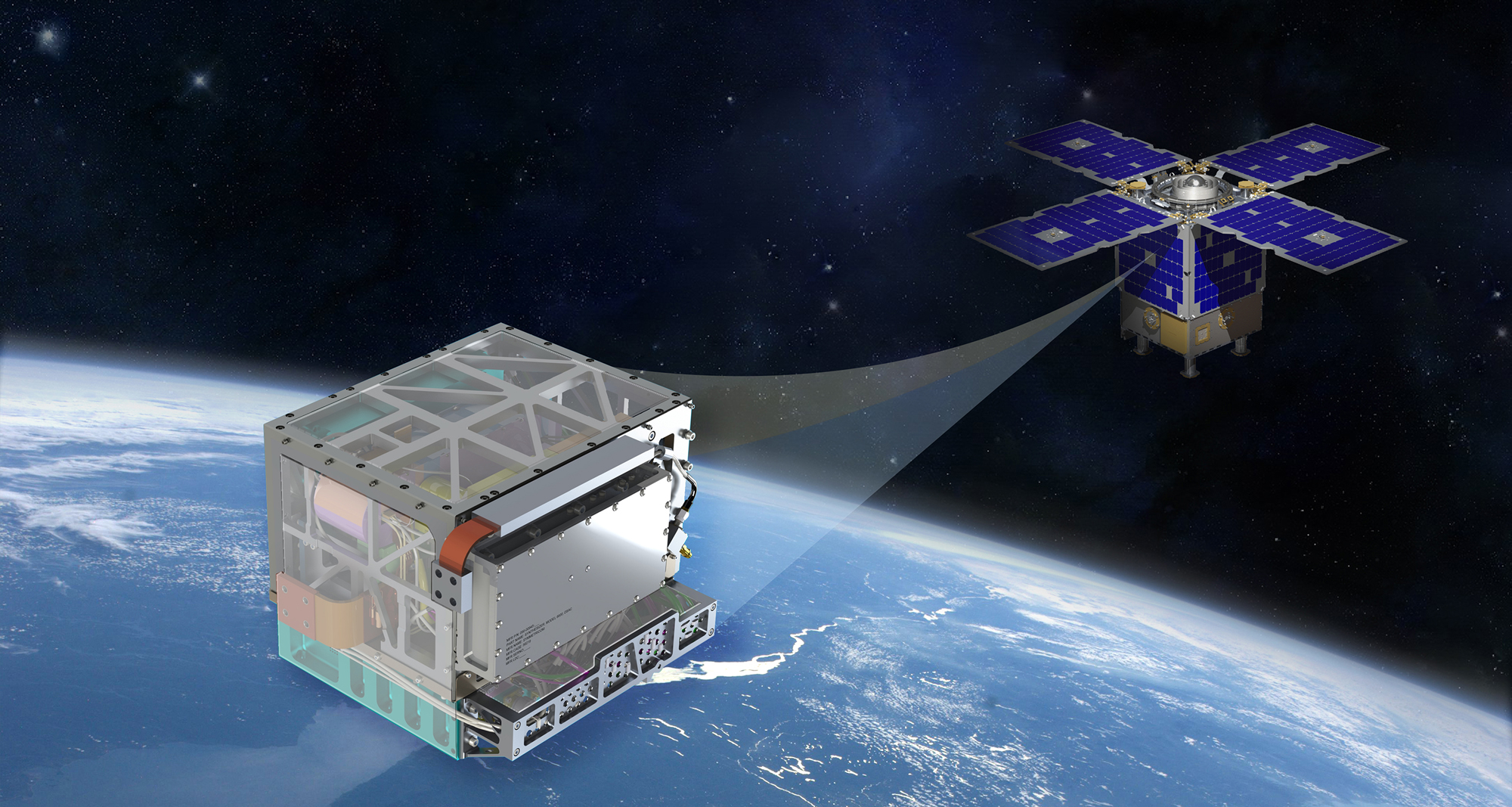New atomic clock loses only one second every 300 billion years
The device could help hunt dark matter or search for gravitational waves, scientists say.

A group of physicists has announced one of the highest performance atomic clocks ever made.
The instrument is said to measure time so precisely that it will only lose one second every 300 billion years, allowing for more exact measurements of gravitational waves, dark matter and other physics phenomena. A study based on the UW-Madison-led research was published Wednesday (Feb. 16) in the journal Nature.
"Optical lattice clocks are already the best clocks in the world, and here we get this level of performance that no one has seen before," Shimon Kolkowitz, a University of Wisconsin-Madison physics professor and senior author of the study, said in a statement. "We're working to both improve their performance and to develop emerging applications that are enabled by this improved performance."
Related: World clock: What is it and how does it work?
Generally speaking, atomic clocks are clocks that track the resonances of atom frequencies, usually the atoms of cesium or rubidium. This process allows such clocks to measure time with a high degree of accuracy. NASA's Deep Space Atomic Clock is an example of a space-based experiment, which tested the technology in orbit for two years.
Atomic clocks work by tracking the energy levels of electrons. "When an electron changes energy levels, it absorbs or emits light with a frequency that is identical for all atoms of a particular element," the university explained in the same statement. "Optical atomic clocks keep time by using a laser that is tuned to precisely match this frequency, and they require some of the world's most sophisticated lasers to keep accurate time."
The new study created a multiplexed clock, which separated strontium atoms into a line in a single vacuum chamber. The team used a "relatively lousy laser," as Kolkowitz called it, that still managed to produce near world record levels of precision in measurement.
Breaking space news, the latest updates on rocket launches, skywatching events and more!
If they shone the laser on only a single clock, the laser excited electrons in the same number of atoms for only one-tenth of a second. But with two clocks at the same time, the atoms stayed excited for 26 seconds.
"Normally, our laser would limit the performance of these clocks," Kolkowitz said. "But because the clocks are in the same environment and experience the exact same laser light, the effect of the laser drops out completely."
The group then attempted to measure differences between clocks precisely, because two groups of atoms in slightly different environments will "tick" at different rates due to changes in magnetic fields or gravity. The team ran the experiment over 1,000 times to measure the difference, finding more precision in that measurement over time.
Ultimately, the researchers detected a difference in the ticking rate between two atomic clocks "that would correspond to them disagreeing with each other by only one second every 300 billion years — a measurement of precision timekeeping that sets a world record for two spatially separated clocks," the university said.
Coincidentally, an unrelated study in the same issue of Nature published a frequency difference between the top and bottom of a dispersed cloud of atoms about 10 times better than the UW–Madison group.
The other study, led by a research institute in Colorado called JILA (formerly known as the Joint Institute for Laboratory Astrophysics), set the world record overall for the most precise frequency difference. The UW-Madison group comes in second.
"The amazing thing is that we demonstrated similar performance as the JILA group despite the fact that we're using an orders of magnitude worse laser," Kolkowitz said. "That's really significant for a lot of real-world applications, where our laser looks a lot more like what you would take out into the field."
Follow Elizabeth Howell on Twitter @howellspace. Follow us on Twitter @Spacedotcom or Facebook.

Elizabeth Howell (she/her), Ph.D., was a staff writer in the spaceflight channel between 2022 and 2024 specializing in Canadian space news. She was contributing writer for Space.com for 10 years from 2012 to 2024. Elizabeth's reporting includes multiple exclusives with the White House, leading world coverage about a lost-and-found space tomato on the International Space Station, witnessing five human spaceflight launches on two continents, flying parabolic, working inside a spacesuit, and participating in a simulated Mars mission. Her latest book, "Why Am I Taller?" (ECW Press, 2022) is co-written with astronaut Dave Williams.

